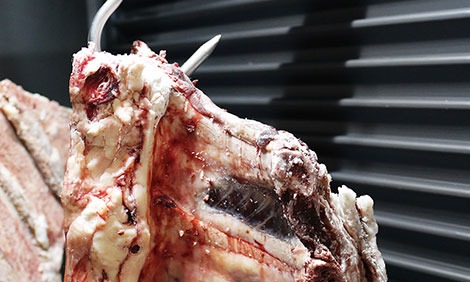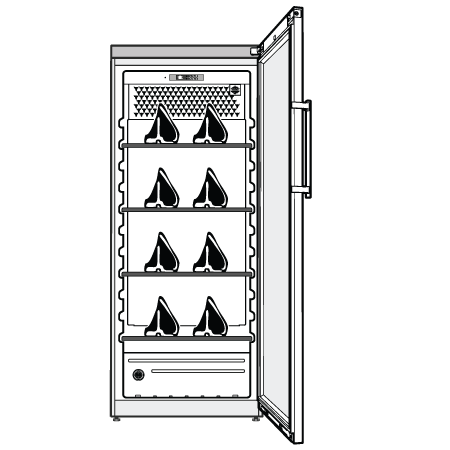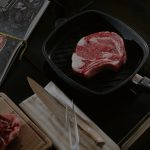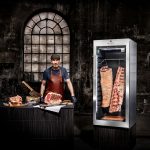Relative Humidity & Temperature – Explained

Understanding how relative humidity and temperature works in a DRY AGER™ Cabinet is essential to understanding the overall aging process.
Here we explain a commonly asked question around relative humidity and holding of temperature relative only to a DRY AGER™ Cabinet – the #1 Dry Aging Cabinet in the world.
Can a refrigerator cabinet maintain/hold an exact temperature & humidity?
The short answer to this is no, and here’s why.
No fridge or freezer (no matter what is on their advertisements) can hold an exact temperature or humidity. What is important is that it can hold a stable average temperature and relative humidity over a given period of time.
Once the target temperature set by the thermostat is reached the refrigerator’s compressor will turn off and when the temperature inside the cabinet rises the compressor will switch back on.
This process is repeated continually. During what is known as a ‘De-frost Cycle’ the internal temperature of the cabinet may rise above the normal temperature range but this will be corrected once the cycle has been completed.
Temperature & Humidity in relation to the DRY AGER™
Temperature:
The closer the temperature gets to freezing the slower the aging process will occur, raising the temperature does speed up aging.
Humidity:
While humidity does not greatly affect the aging time, it can affect the final product.
Considering the normality of humidity to naturally fluctuate, these changes maybe recognised on the final product.
Please note: Humidity control only operates when the unit is loaded with food.

Example meat placement in DRY AGER™
Internal Air Flow:
Maintaining good internal air flow is critical to the functionality of a Dry Aging Cabinet as the relative humidity % is much higher than a normal refrigerator.
If the air flow is restricted or slowed down by product overloading, ice may form inside the cabinet, further restricting the air flow which can lead to higher than normal temperatures & relative humidity.
Loading the Unit with Product
In order to obtain optimum end product, it is necessary not to overload the unit and to ensure sufficient space between the products.
Proper air circulation is required to operate the unit – avoid mutual contact of food and its contact with the inner container of the unit.
Be careful to not overload the unit with too much product – please read owner’s operation manual carefully before operating the unit.





